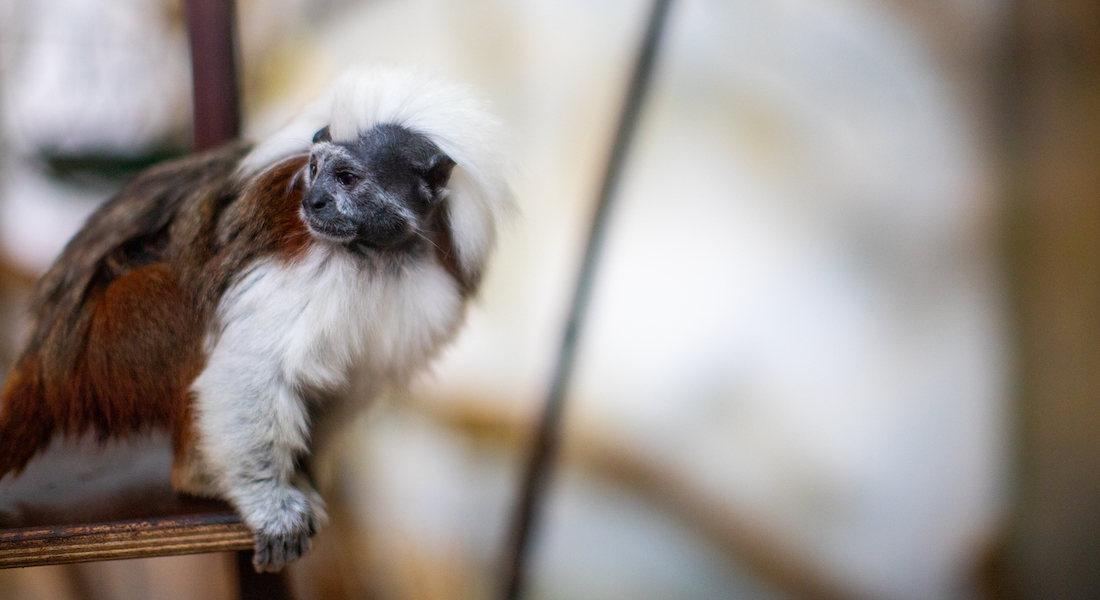PhD defence by Linett Rasmussen

Linett Rasmussen will be defending her PhD thesis entitled:
“A Genetic Approach to Cotton-top Tamarin Conservation”
The thesis defence can also be attended on zoom at: https://ucph-ku.zoom.us/j/65707760095
Linett’s assessment committee is chaired by Morten Limborg (Globe Institute) and the external assessors are Thomas Bataillon (University of Aarhus) and Katerina Guschanski (University of Edinburgh).
Thesis Abstract:
Like many other species across the globe, the cotton-top tamarin (Saguinus oedipus) currently face many threats, resulting in declining populations. Thus, a holistic approach to conservation is needed to ensure the continued persistence of the species. This approach to species conservation requires the development of management strategies and conservation actions by all responsible parties for all populations of a species, whether inside or outside their natural range, in situ and ex situ respectively. This thesis is part of the One-Plan Approach for the conservation of the cotton-top tamarin, assessing the genetic diversity of the extant populations globally, and on a temporal scale.
Chapter 1 devises a strategy for overcoming a methodological issue relating to the mixed data types exploited in this thesis. Due to a combination of whole genome sequencing data and reduced representation library data, a bias occurred in this project which hindered the detection of population structure. Utilizing a dataset of Canadian wolves that had been sequenced using both methods we devise a bioinformatic strategy employing selected filters for minimizing the bias that arises during genotype likelihood calling, and the need to include a region file specific to targeted transposable elements during variant calling. In Chapter 2, we explored the genomic diversity and population structure of historical cotton-top tamarins with whole genome sequencing to provide a baseline of the genetic diversity before the major anthropogenic impact of mass exportation due to the biomedical trade in the 1960´s that caused rapid declines in the in situ population. The results of Chapter 2 were then compared to the modern in situ and ex situ populations in Chapter 3. In this chapter, we used data produced via reduced representation libraries in combination with whole genome sequencing data to investigate the genetic diversity of extant cotton-top tamarins. Individuals from throughout the distribution range of the species in the wild and the largest ex situ population managed by the European Association of Zoos and Aquaria (EAZA), as well as the South American ex situ population managed by Asociación Latinoamericana de Parques Zoológicos y Acuarios (ALPZA) were included to develop an understanding of the genetic composition present in the in situ and ex situ populations and how they can potentially complement each other in light of the future conservation efforts for the species. Lastly, confiscated individuals were genotyped to provide origin assignment and allow insight into current hotspots for illegal wildlife trafficking of the species.
